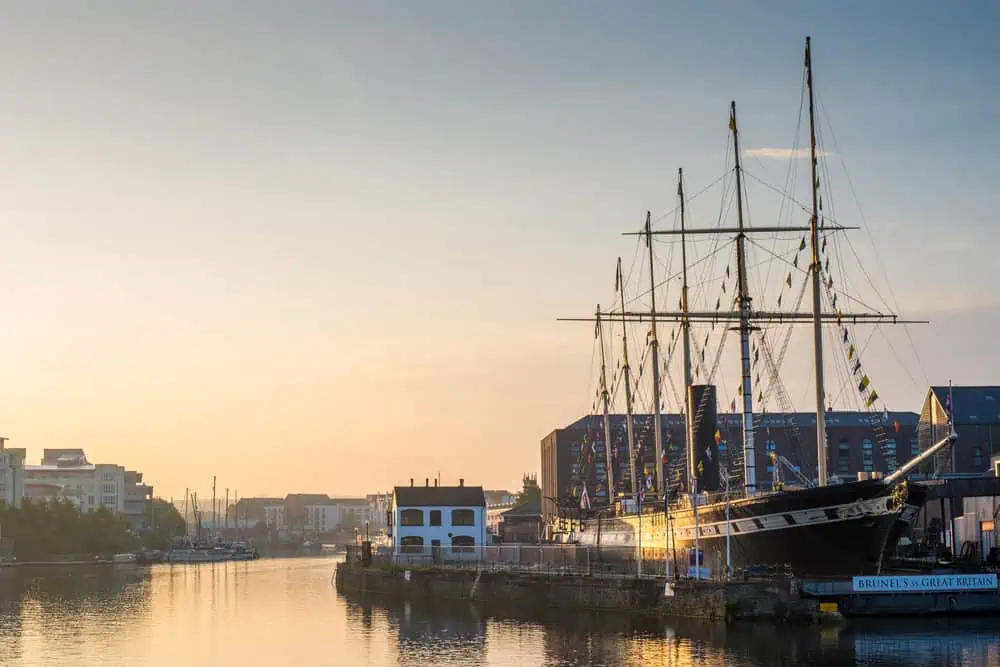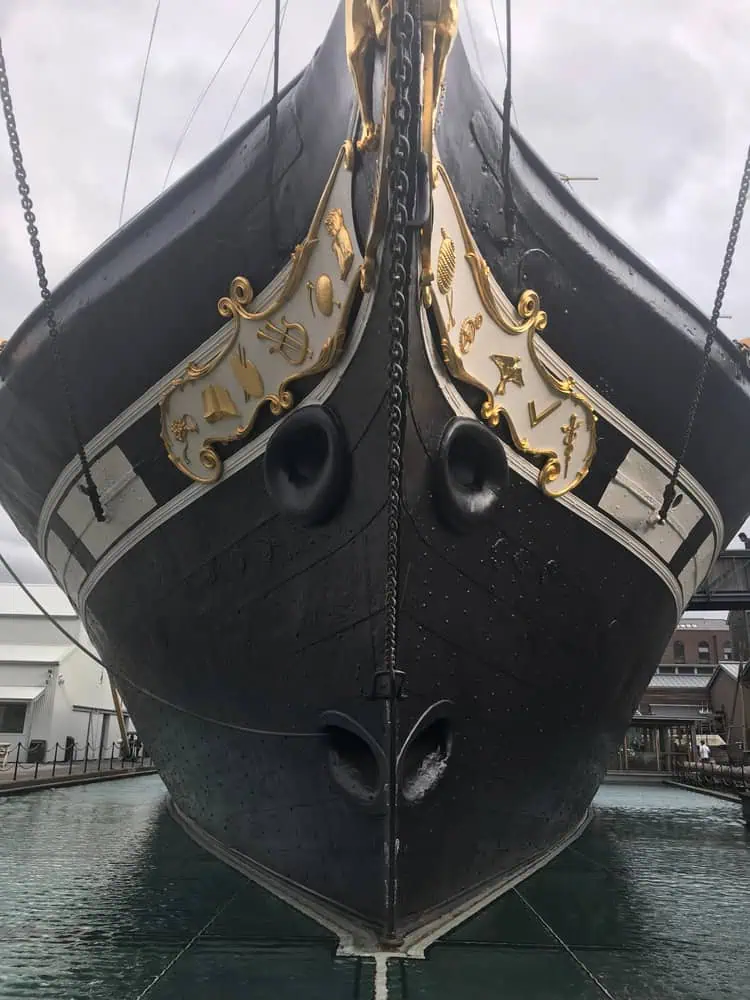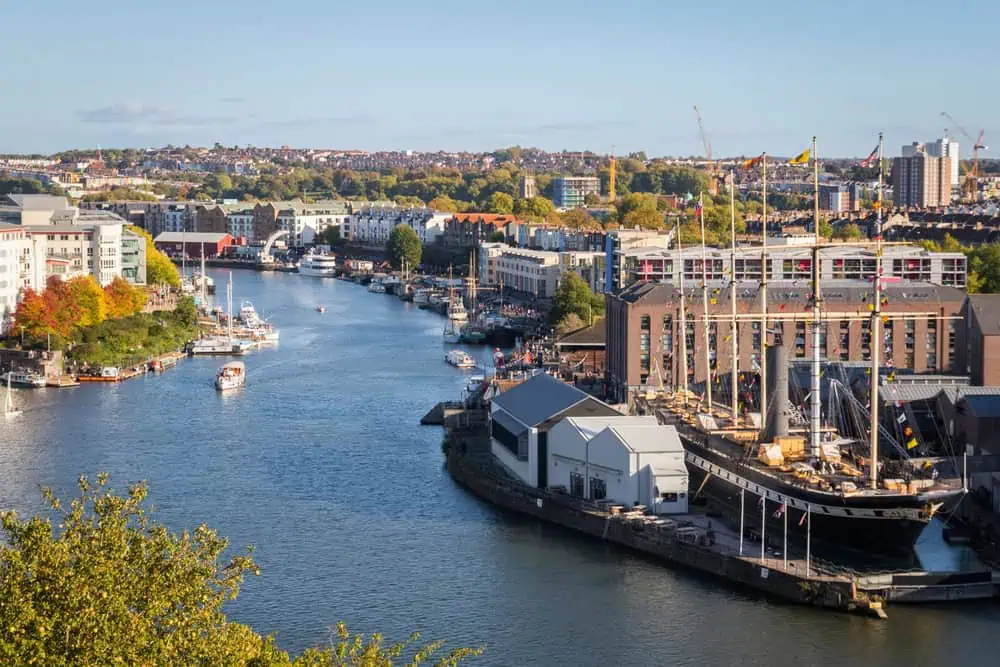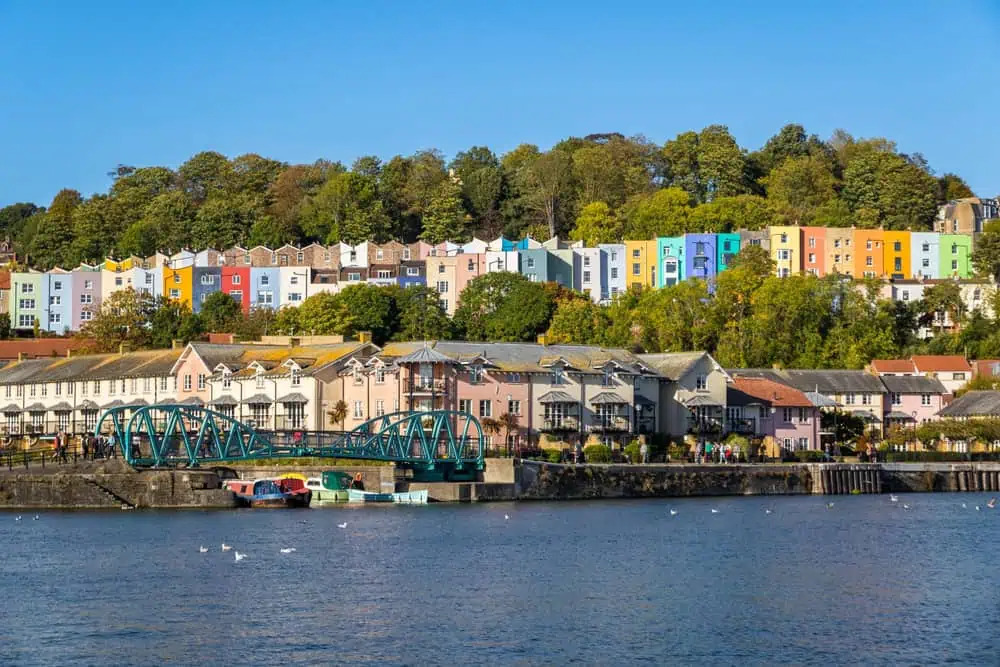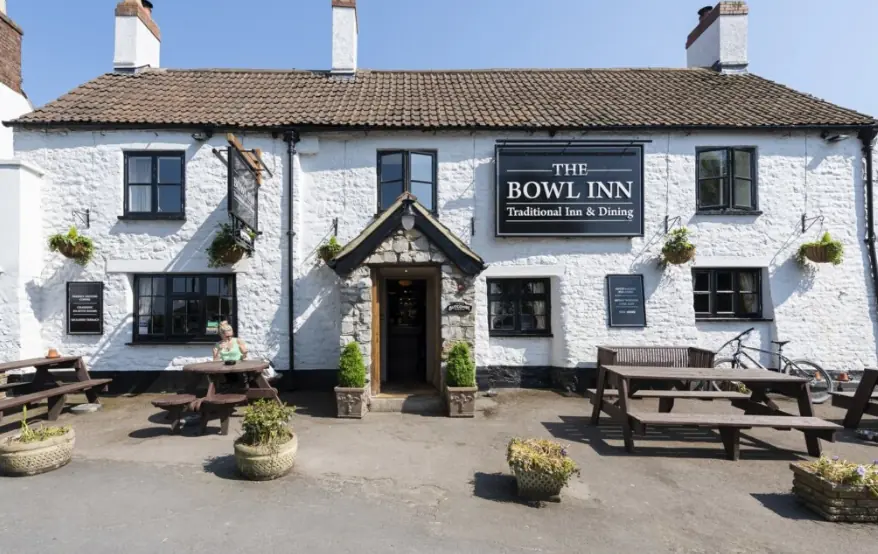History Of SS Great Britain
Designed by the master-engineer Isambard Kingdom Brunel, SS Great Britain was his second notable ship after the SS Great Western. While the Great Western was a paddle steamer, the Great Britain was the first ship to be built of iron and incorporate a screw propeller.
She was launched in 1843 and, after several delays, finally made her way towards the River Thames for the final fitting out. Two years after being launched, SS Great Britain commenced her maiden voyage, travelling from Liverpool to New York City, becoming the first iron steamer to cross the Atlantic Ocean.
Her maiden voyage identified a multitude of issues which were addressed at significant cost. In 1846, she ran aground off the coast of Ireland, remaining there for 11 months before being brought back to Liverpool. After remaining there motionless for some time, SS Great Britain was sold and was used to carry emigrants to Australia.
After successfully carrying passengers to Australia for 30 years, SS Great Britain was converted into a cargo ship. In 1886, she was badly damaged in a storm and headed towards the shelter of the Falkland Islands, where she remained until 1970.
Recognised as an important part of the history of the United Kingdom, efforts were made to tow SS Great Britain 8,000 miles back to her rightful home in Bristol, where she was subject to an enormous restoration project to allow visitors to view her as she would have looked for her maiden voyage.



